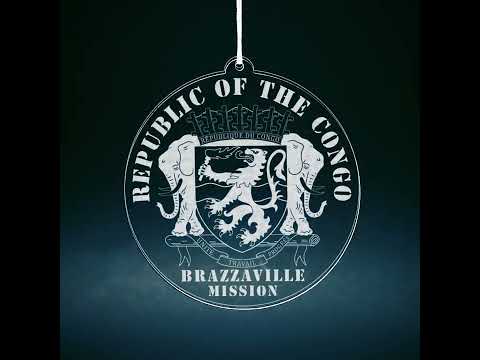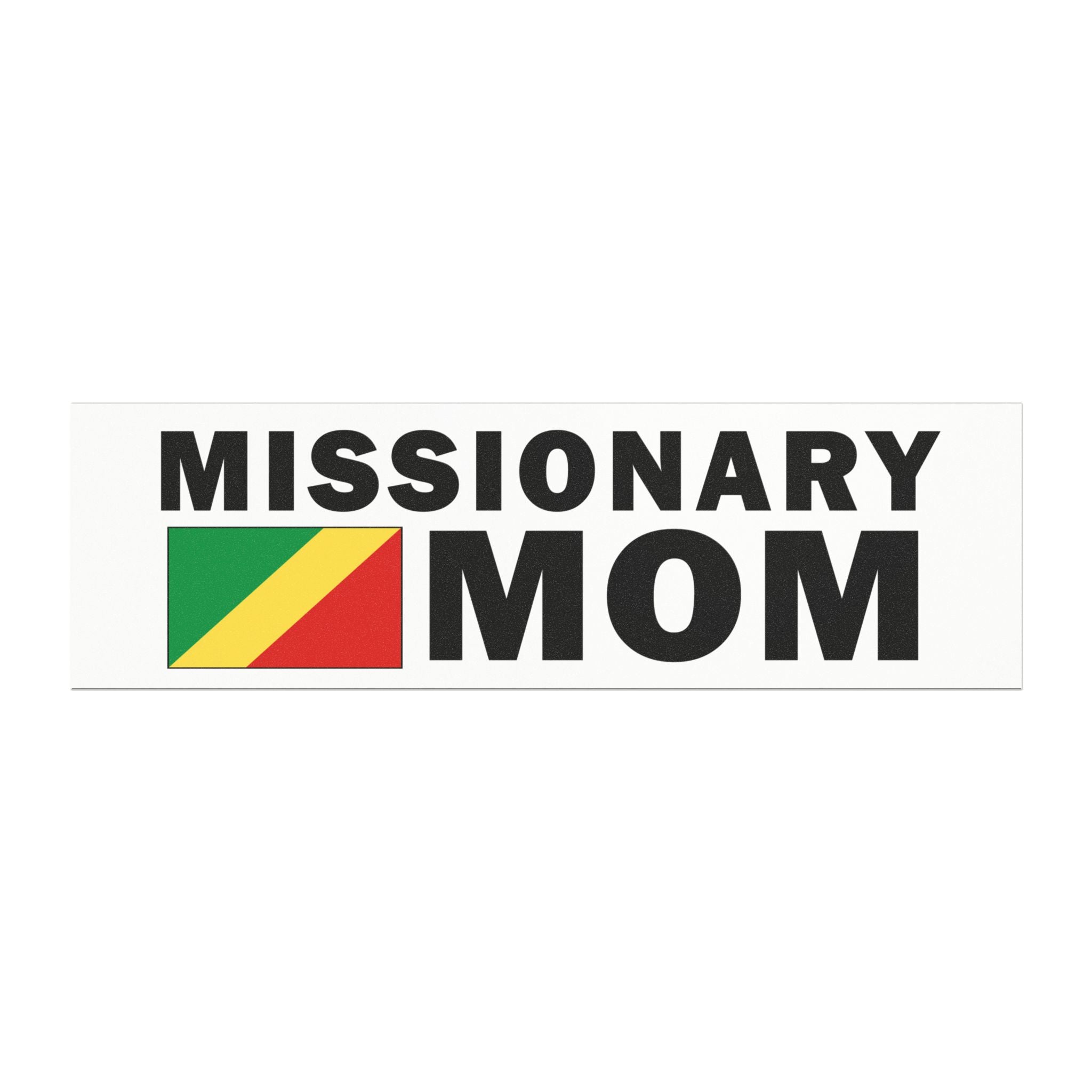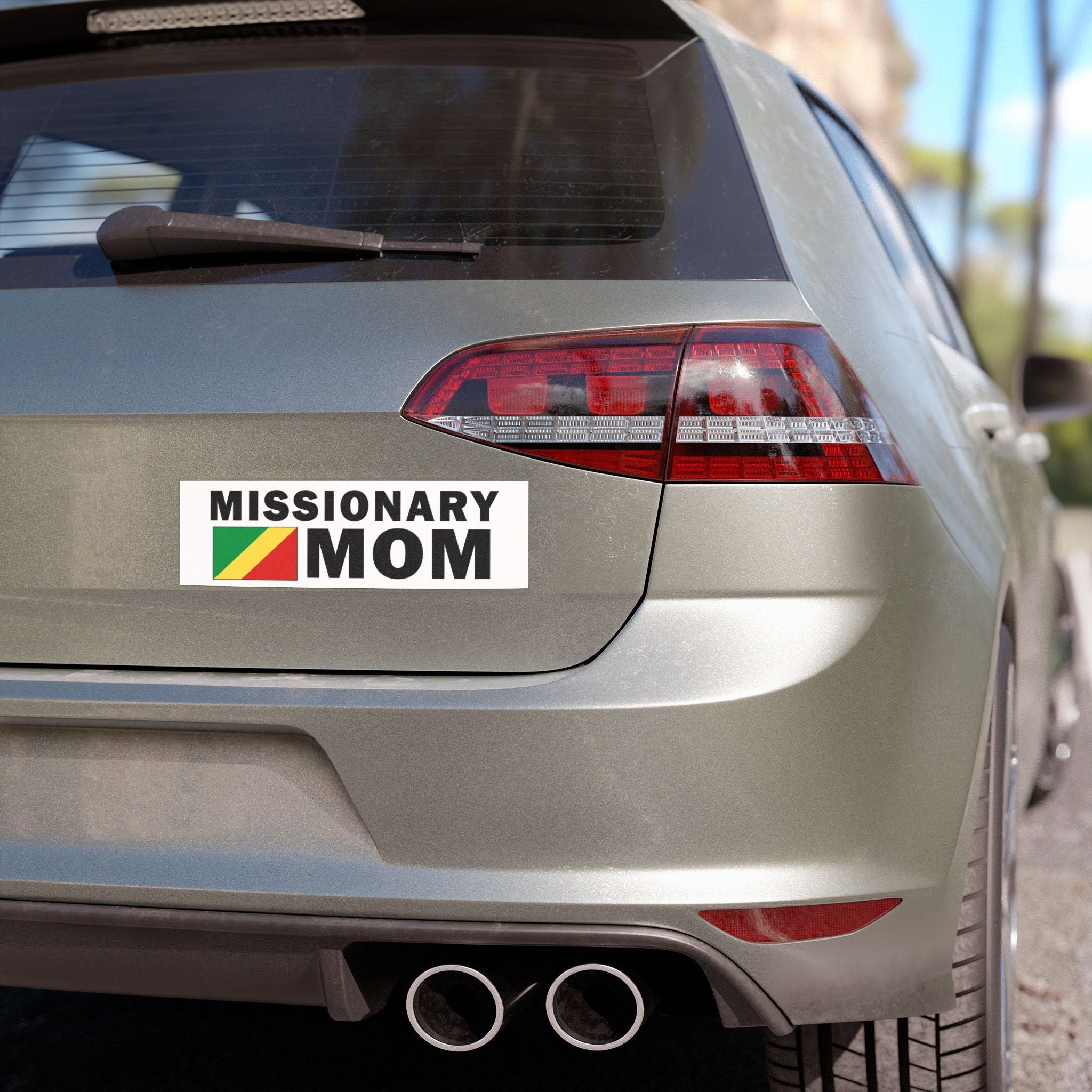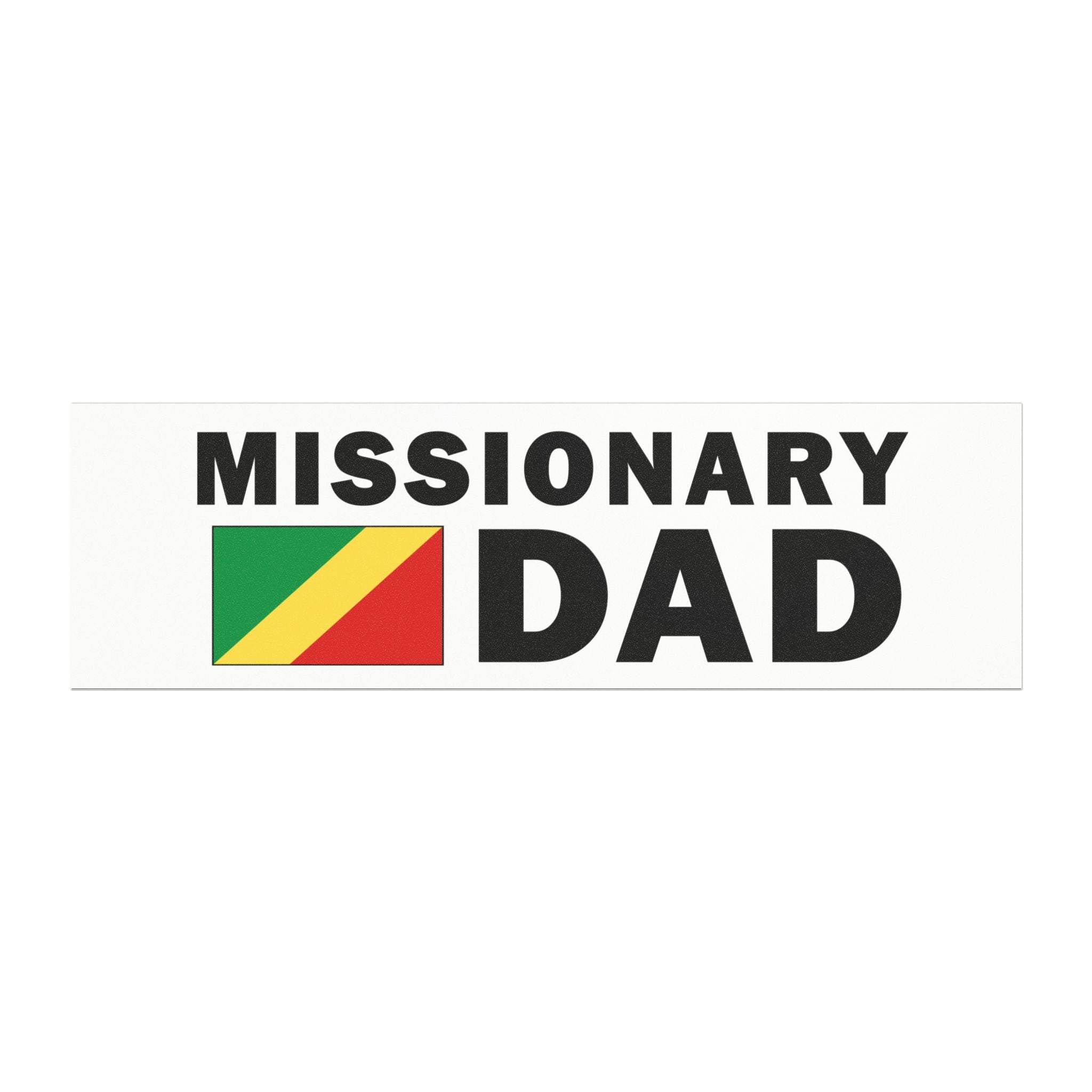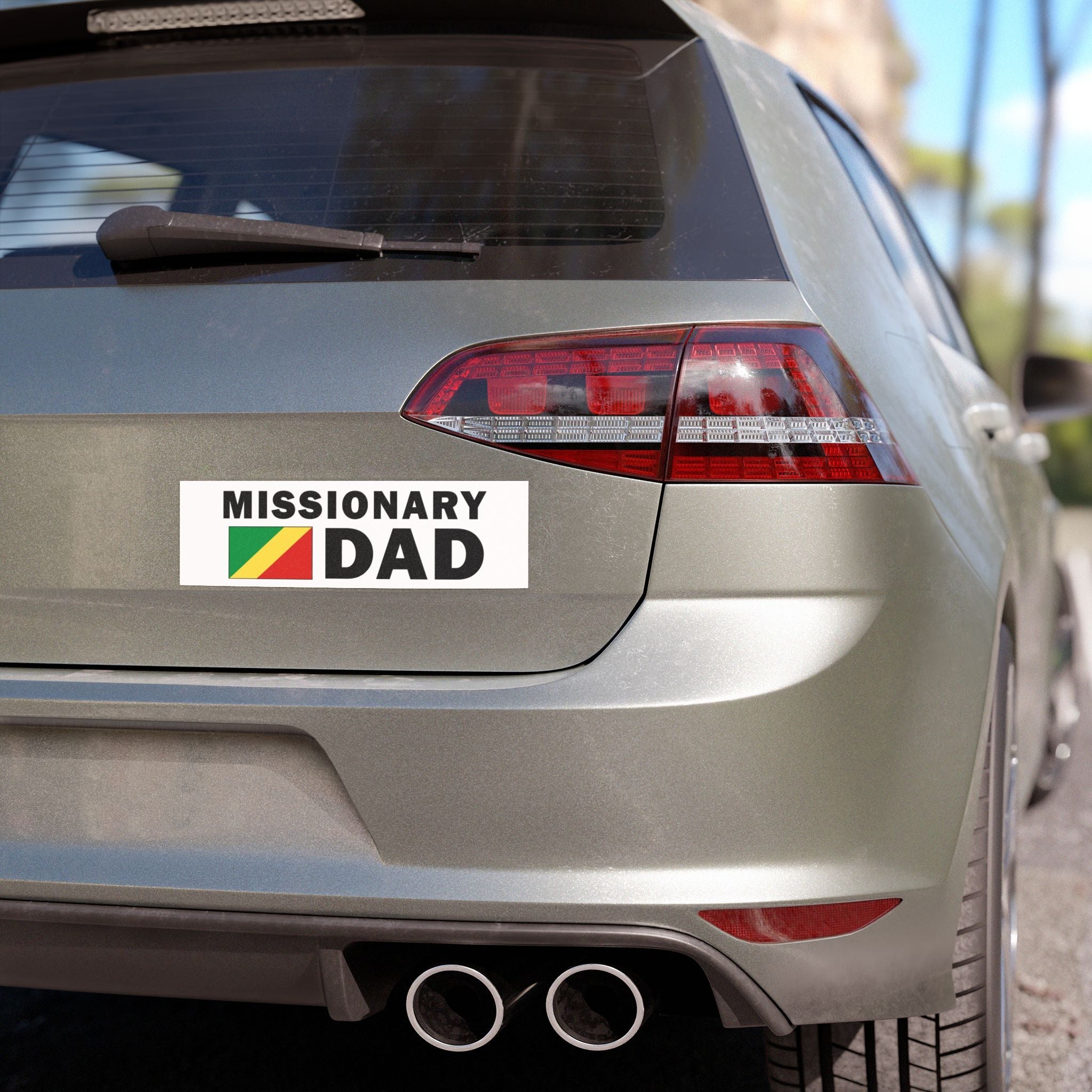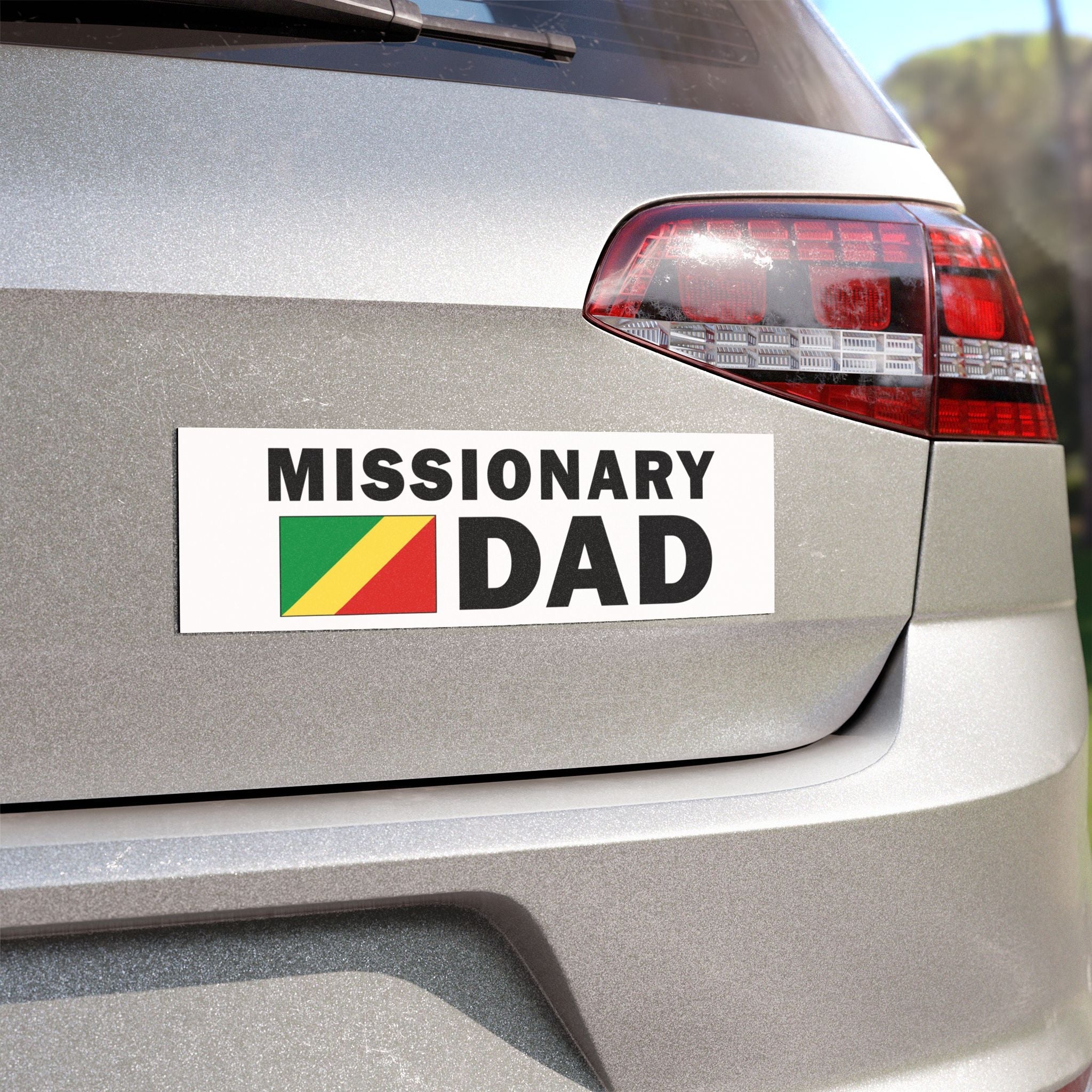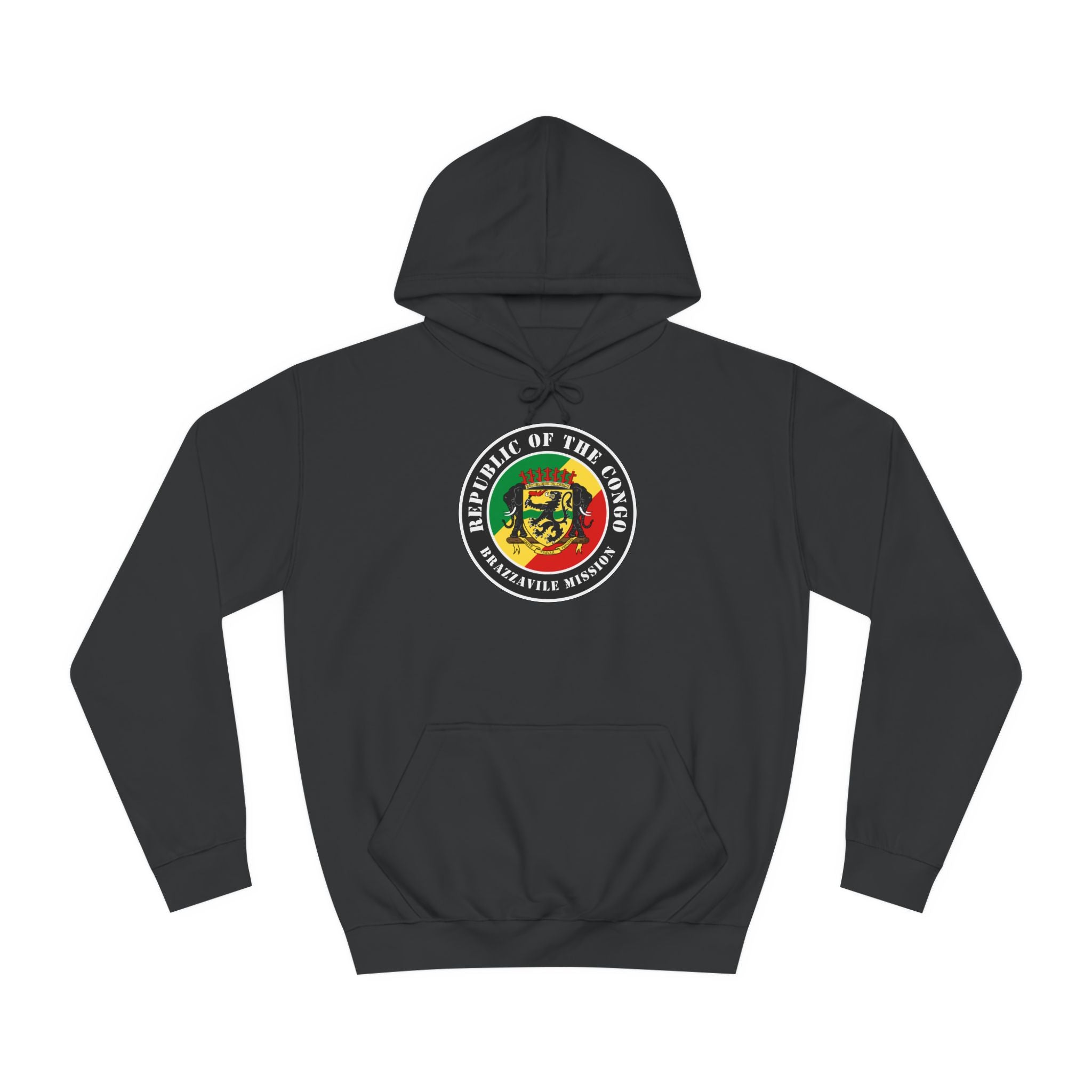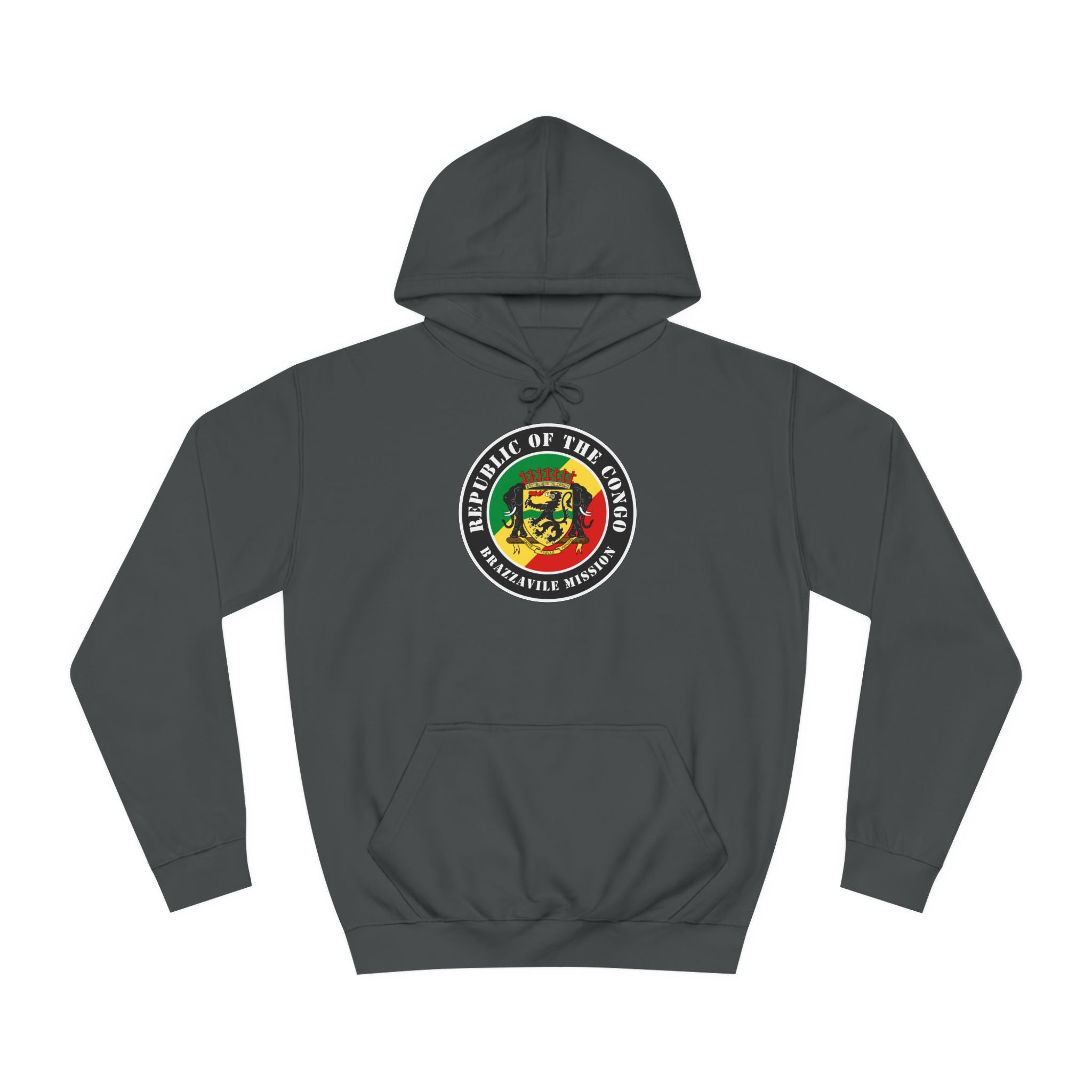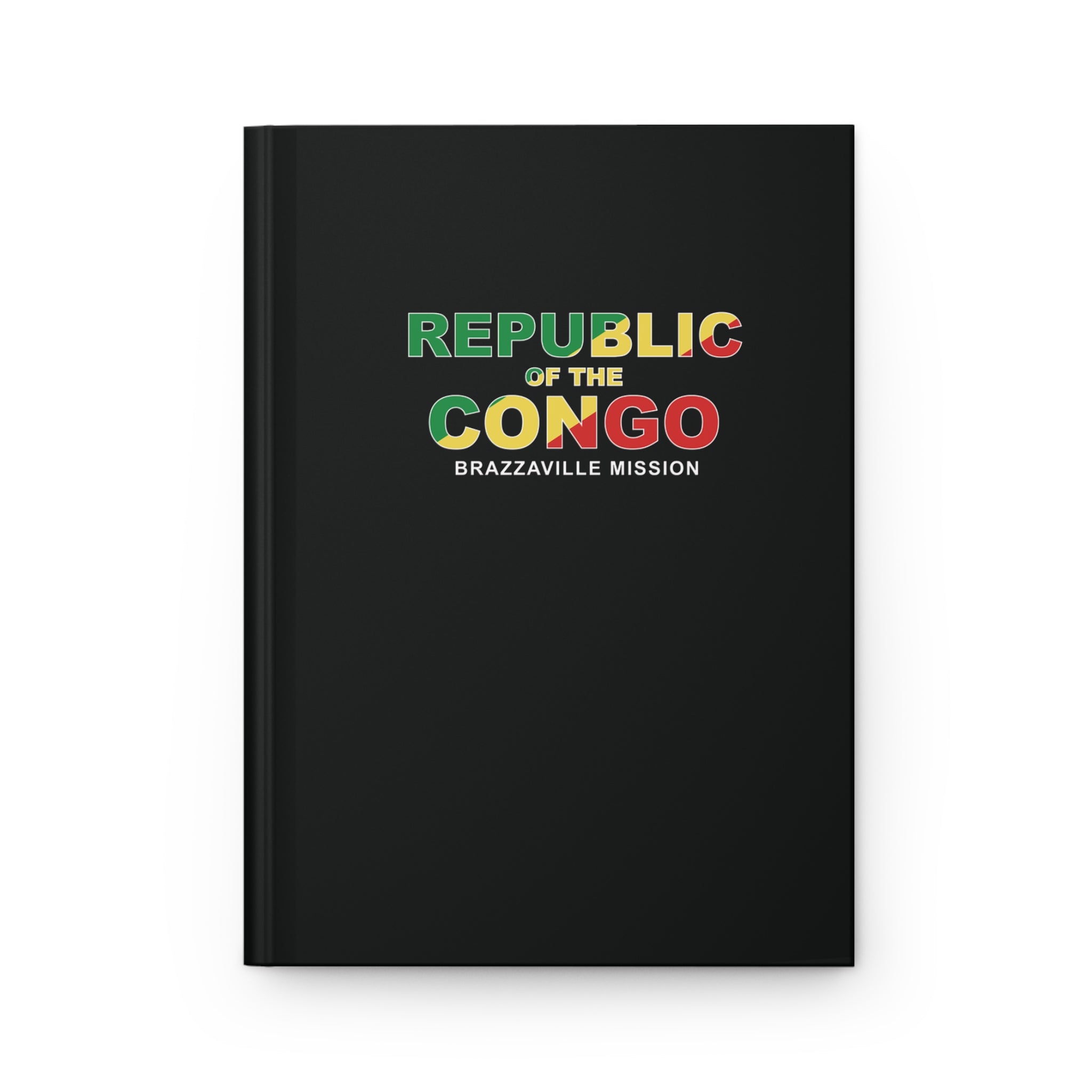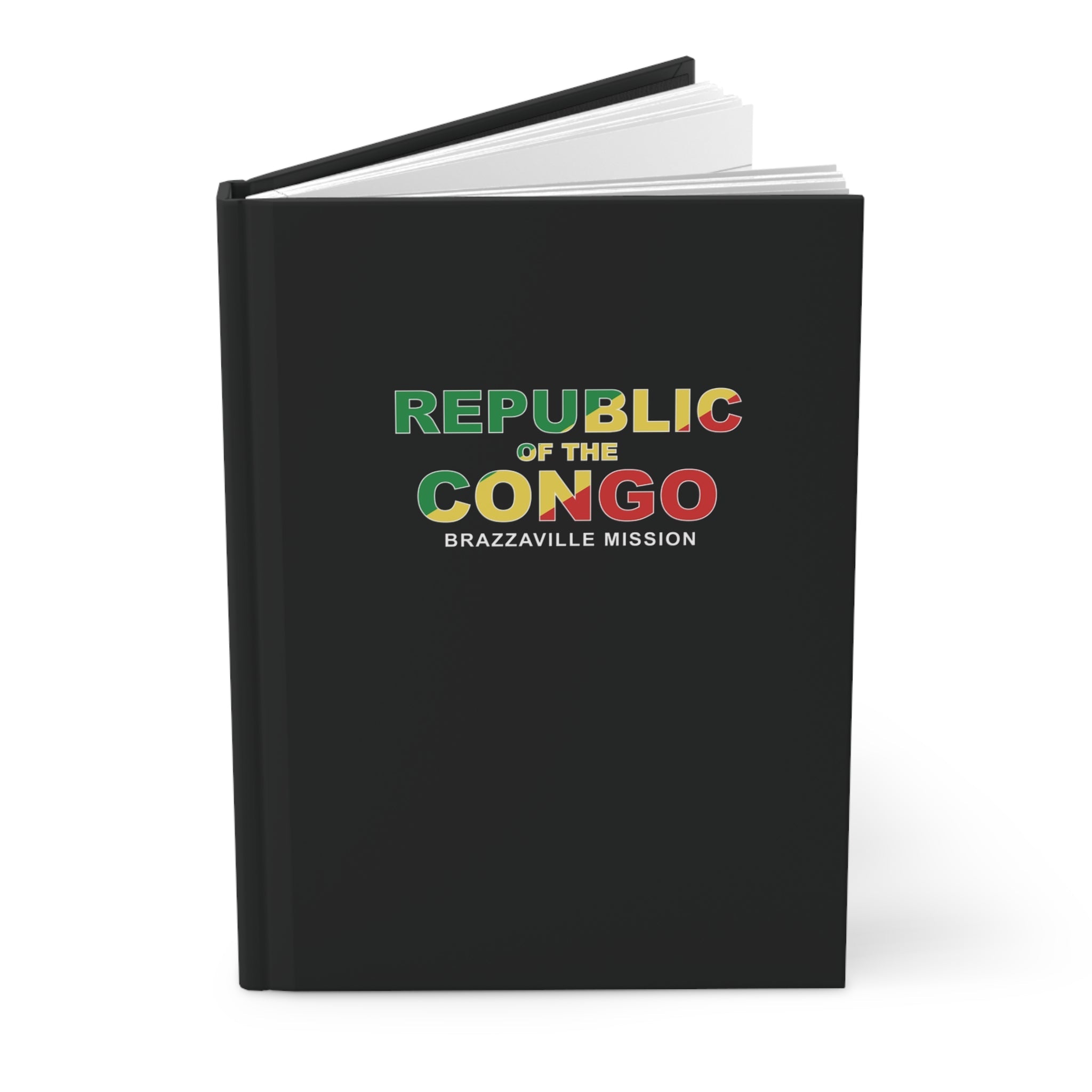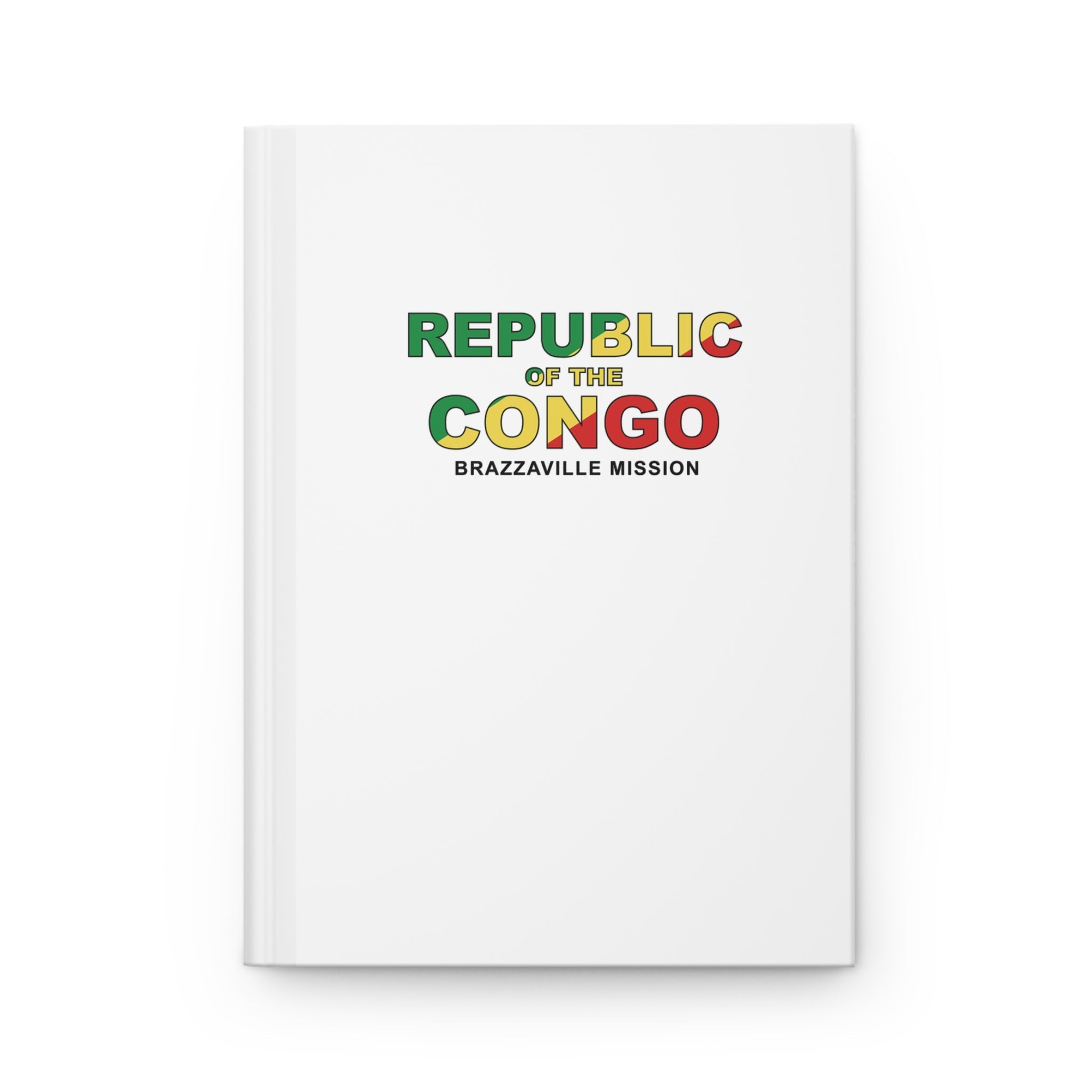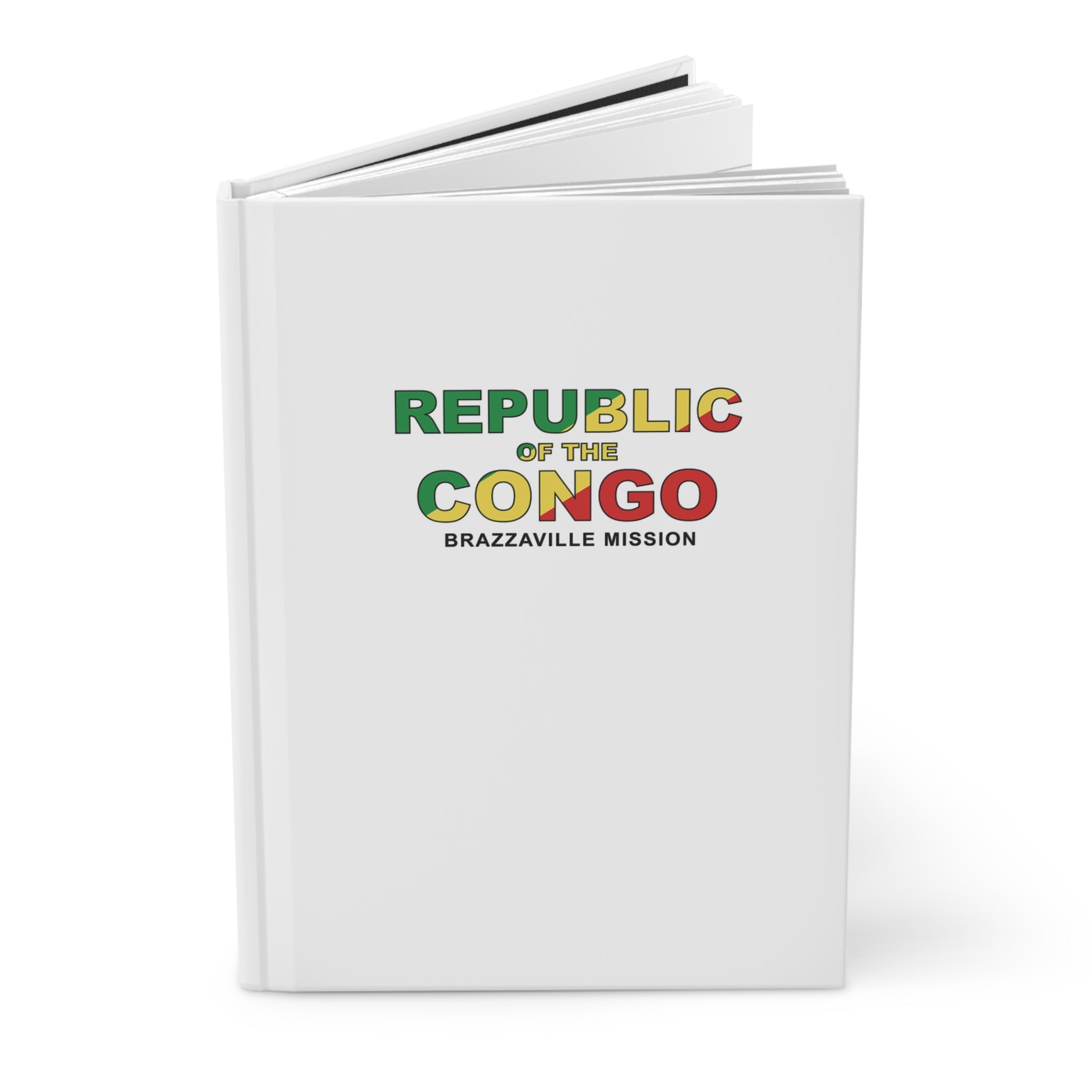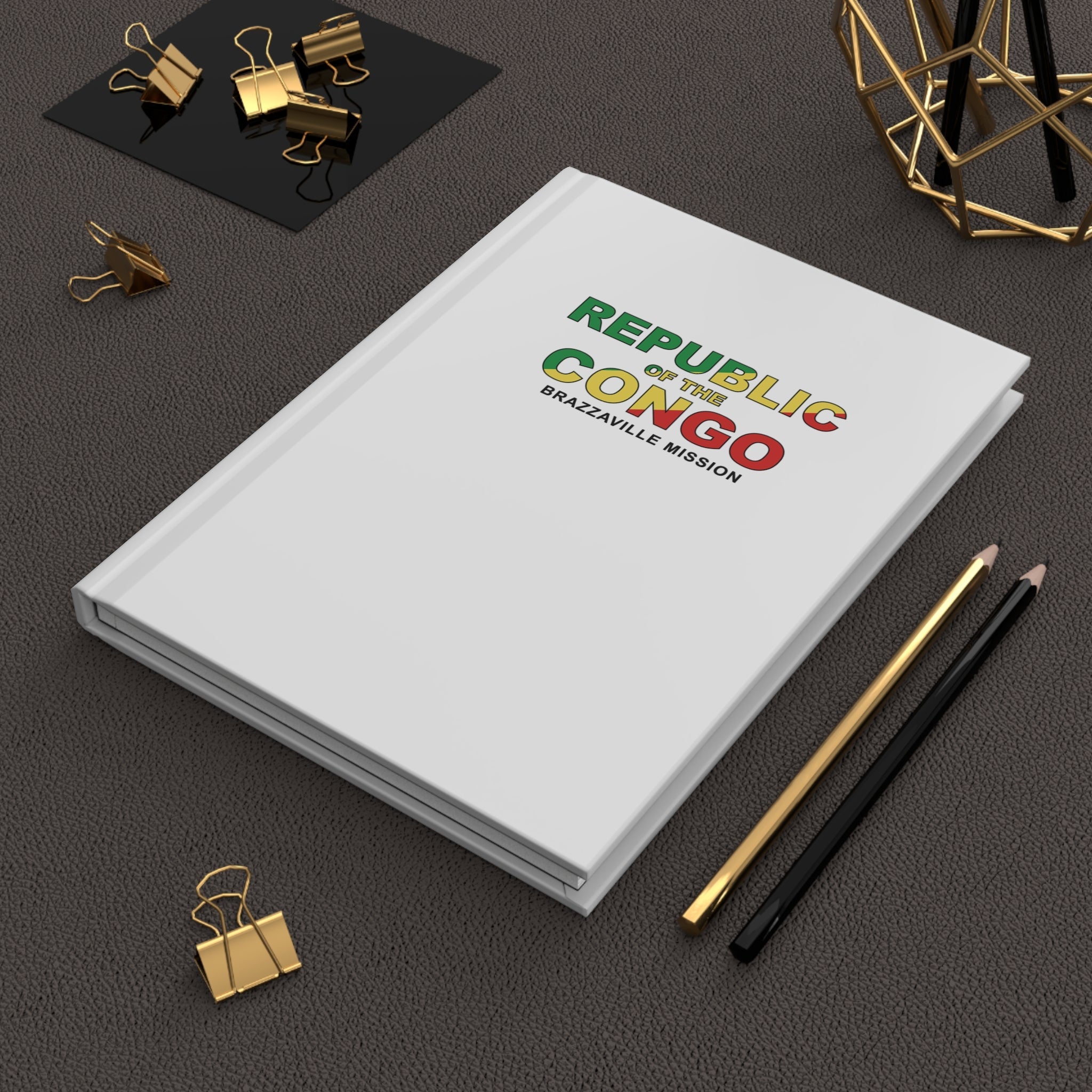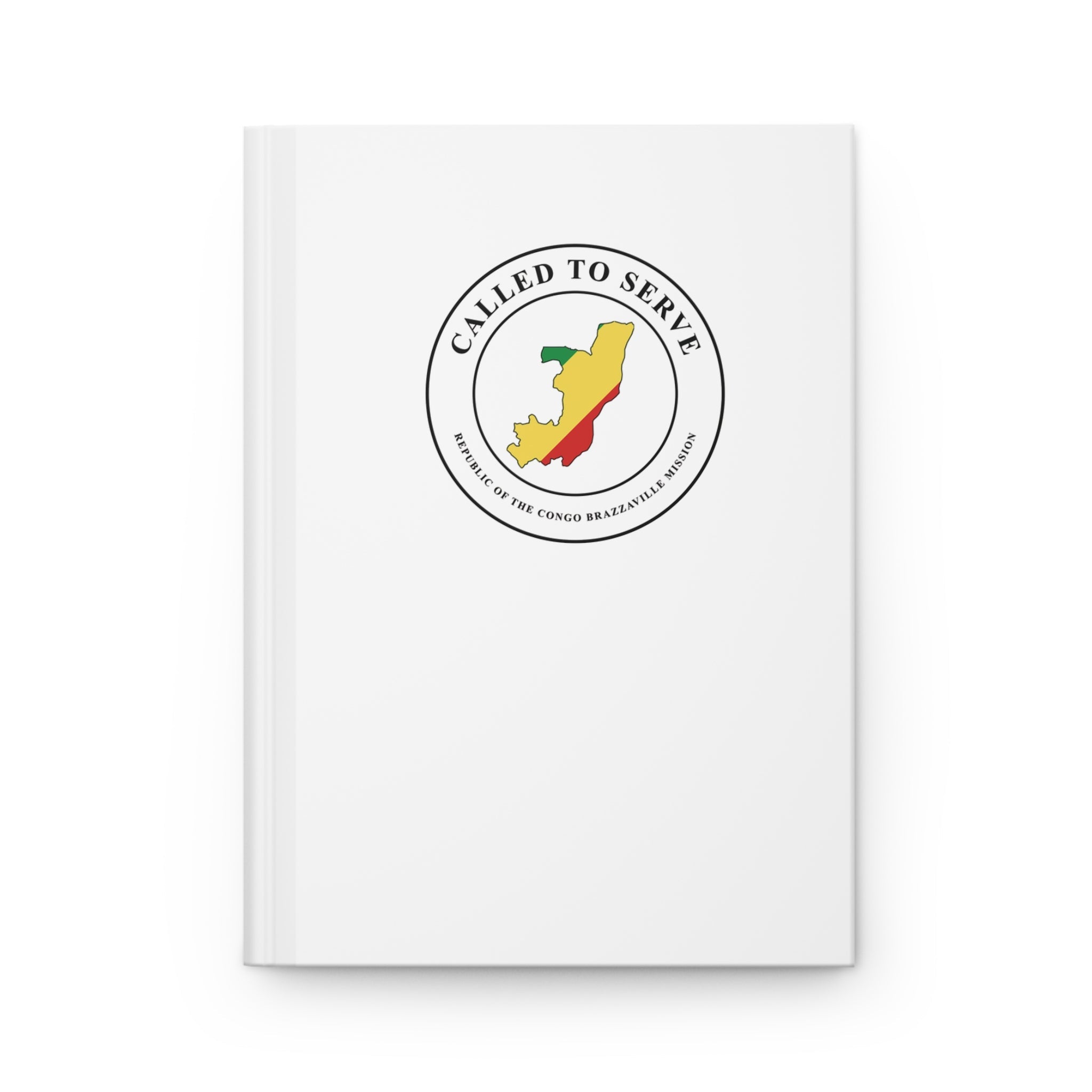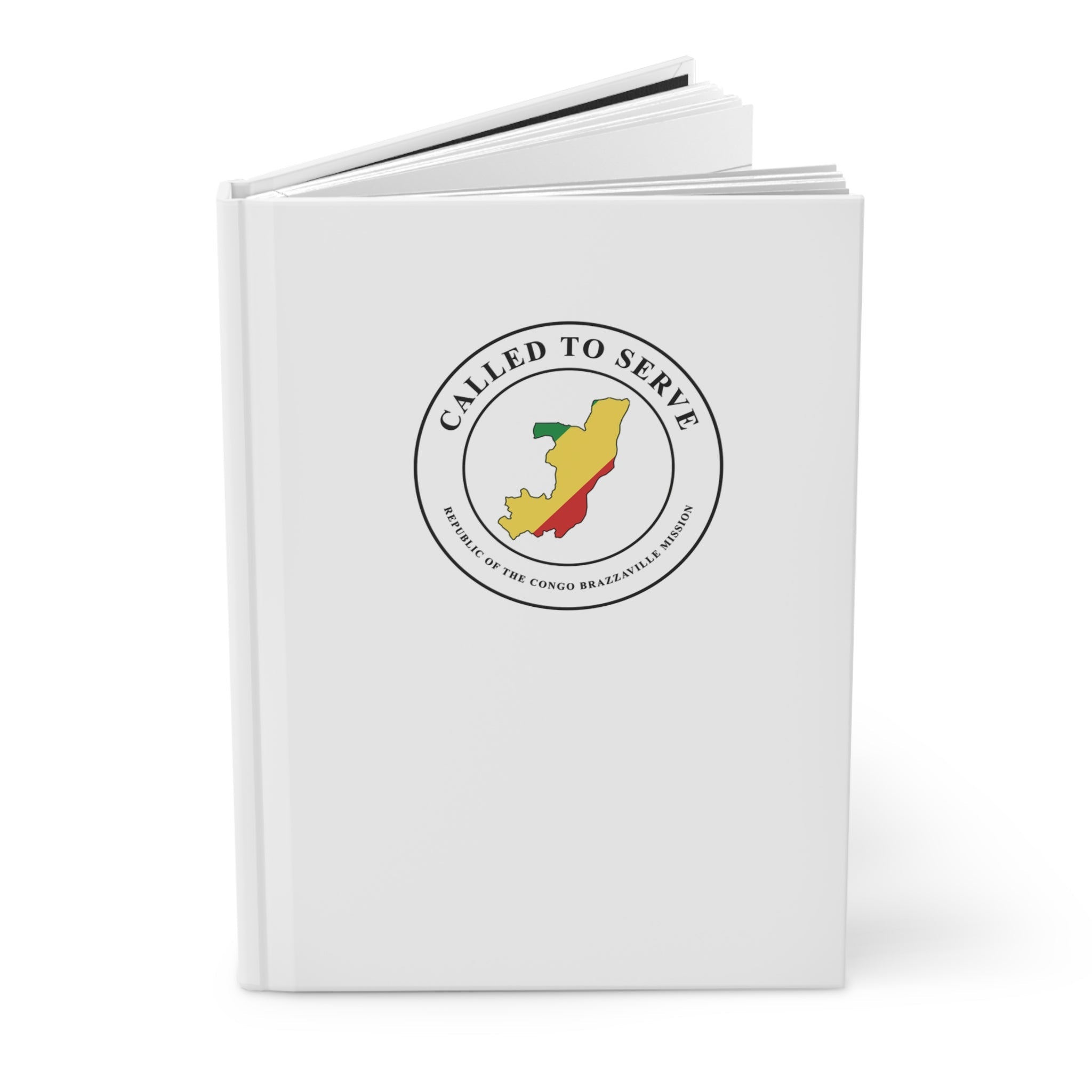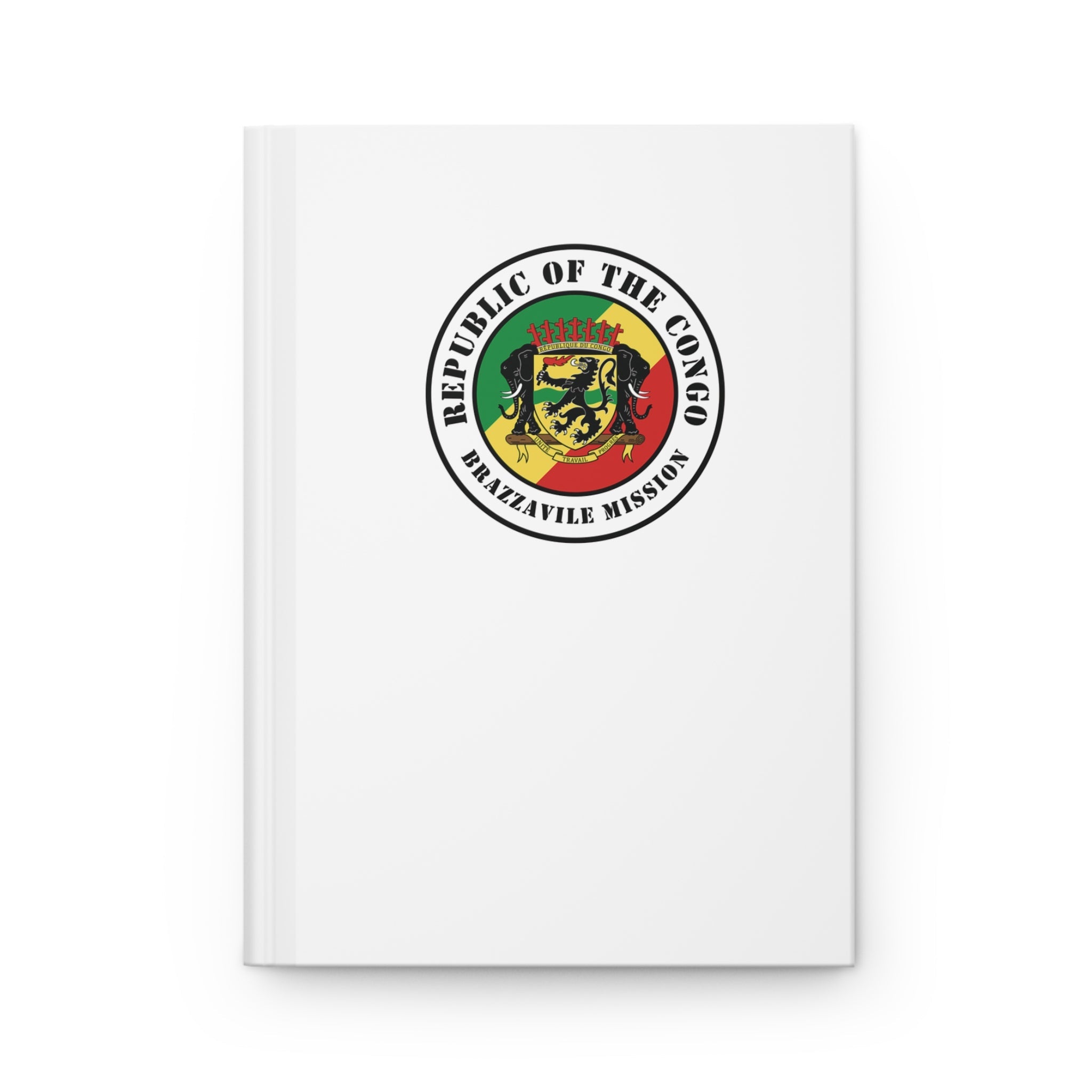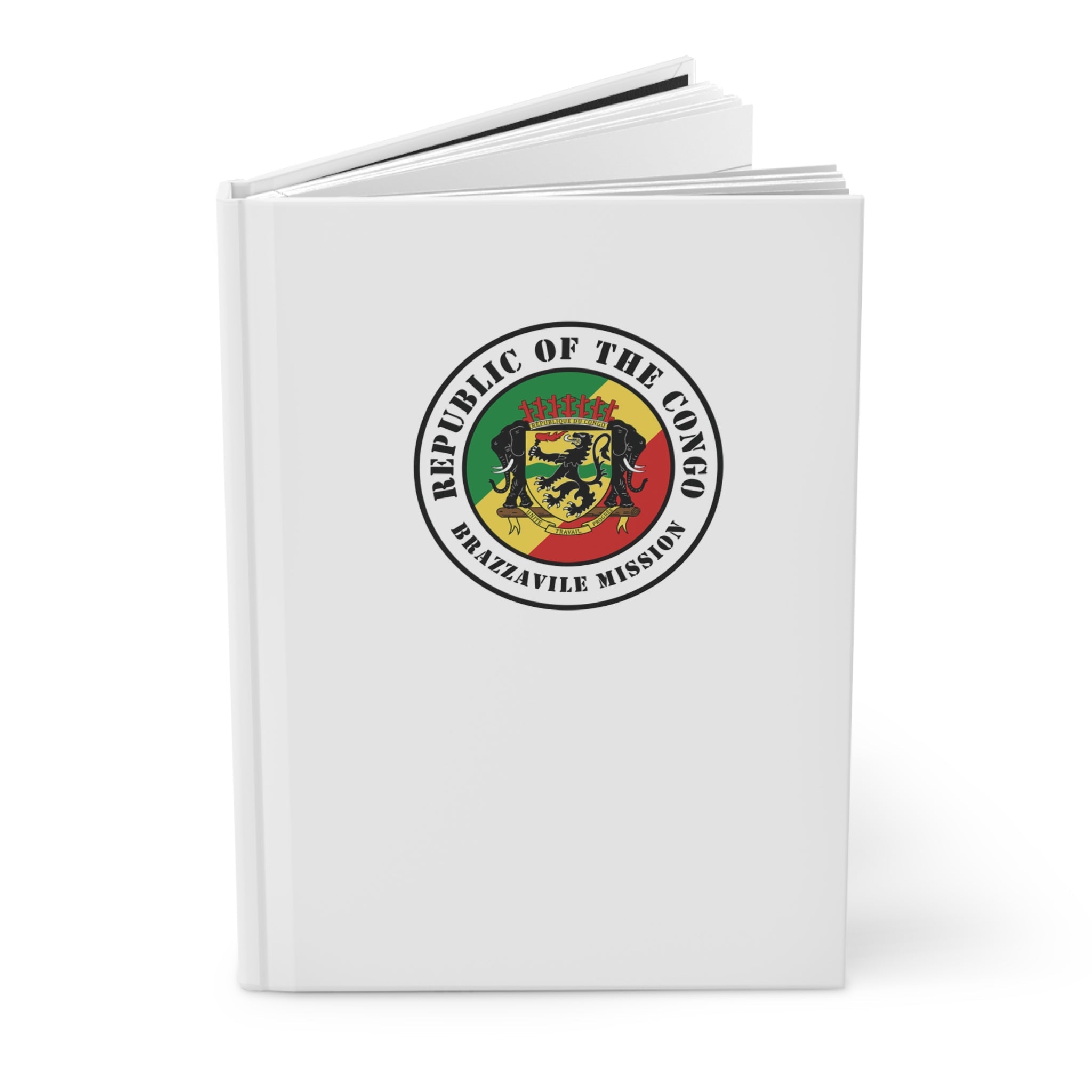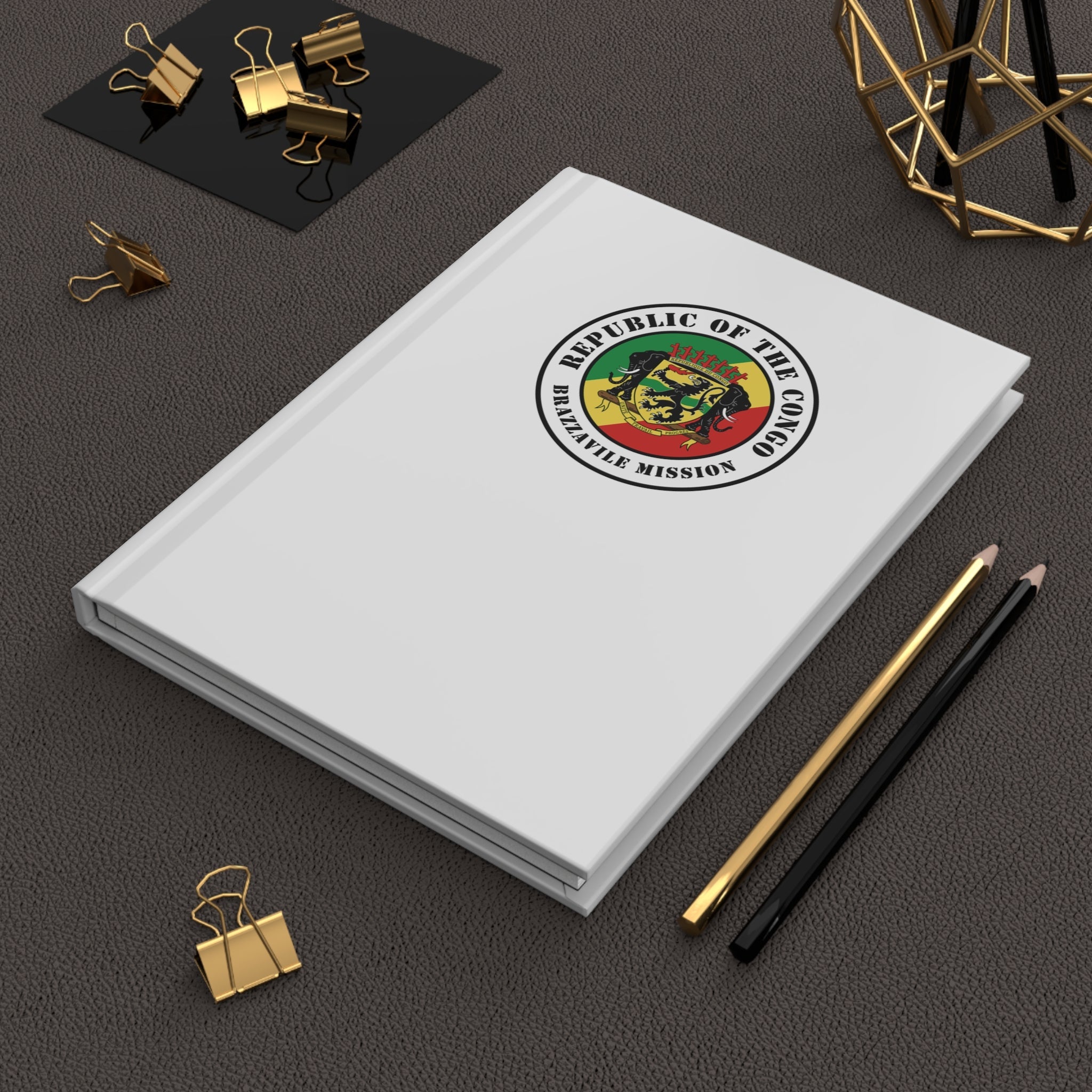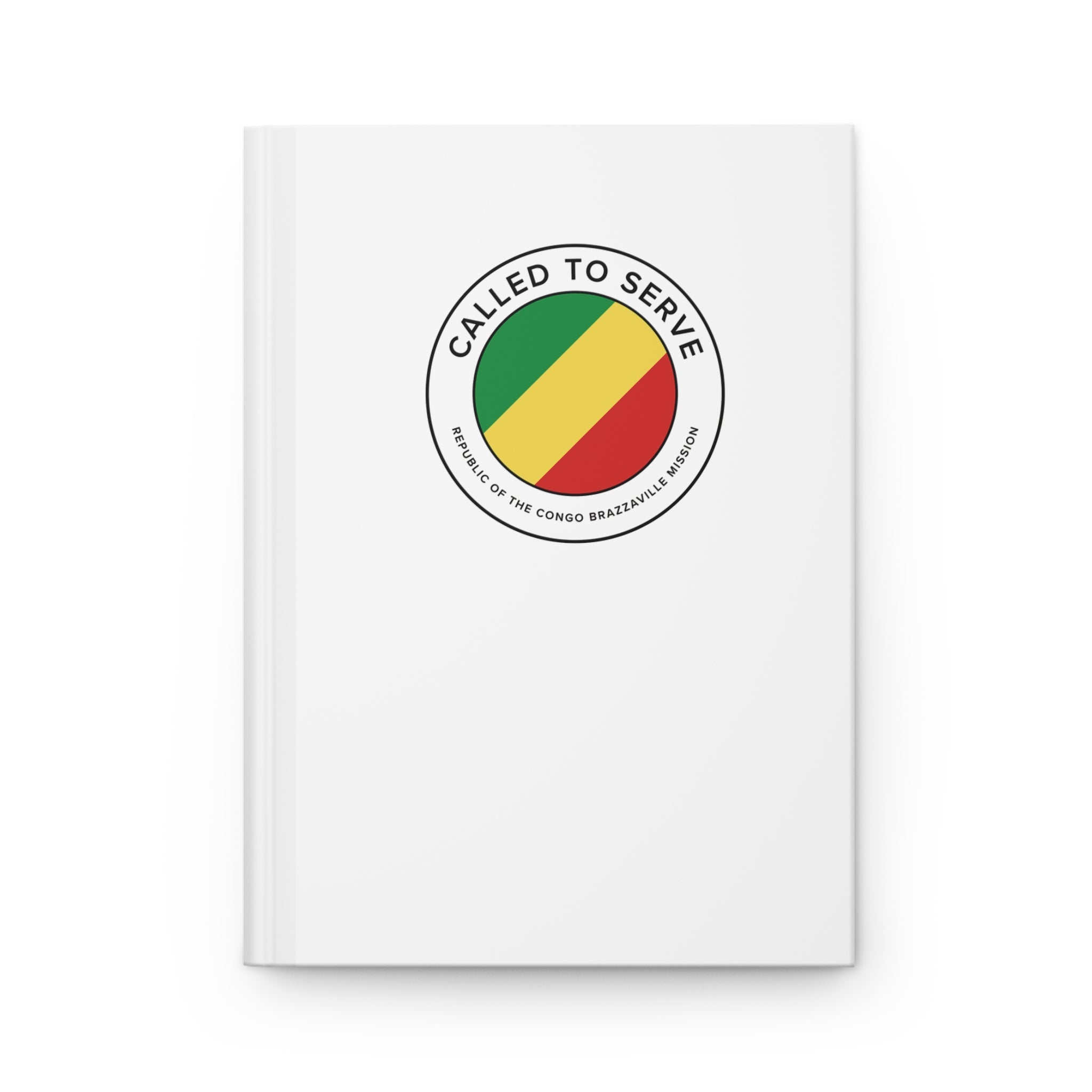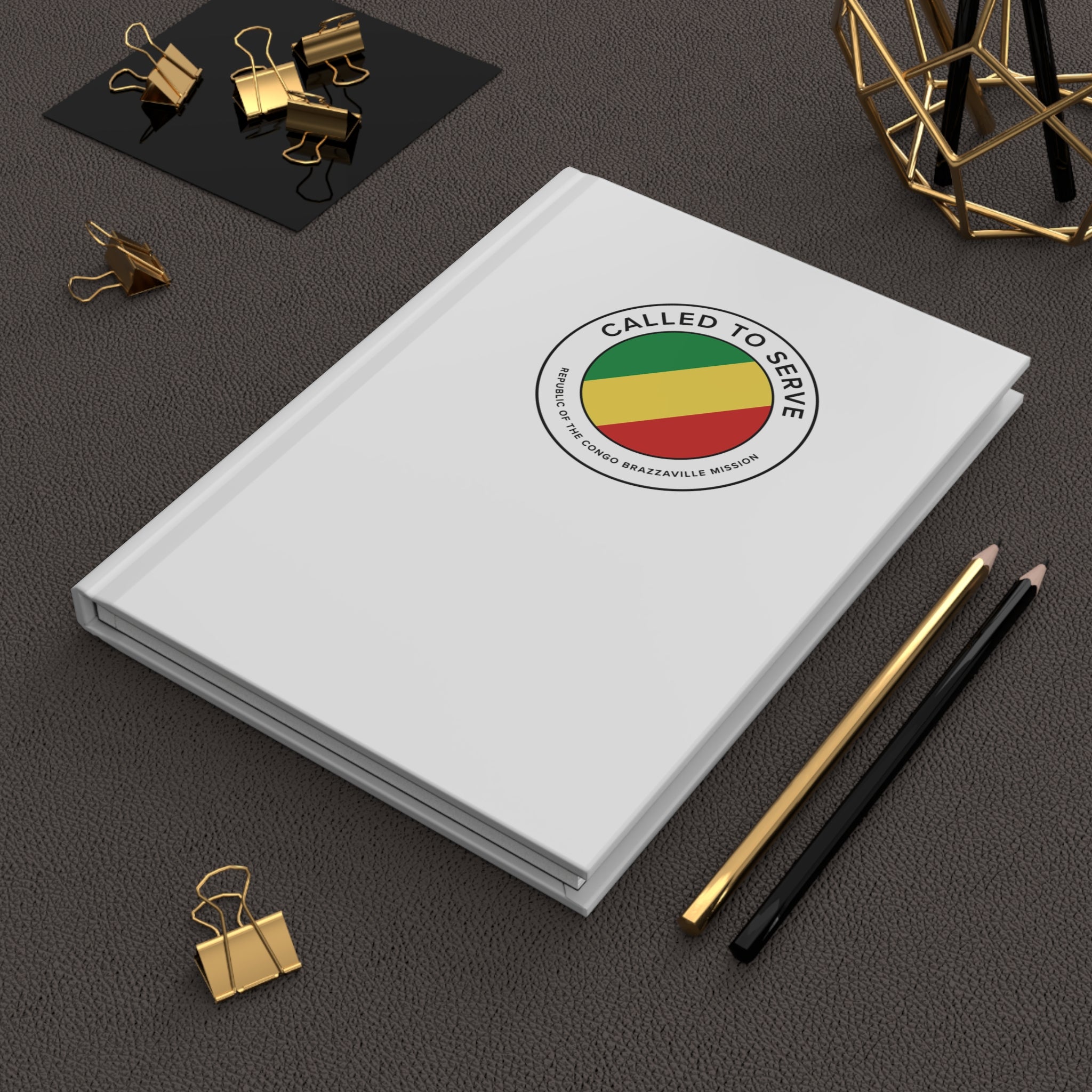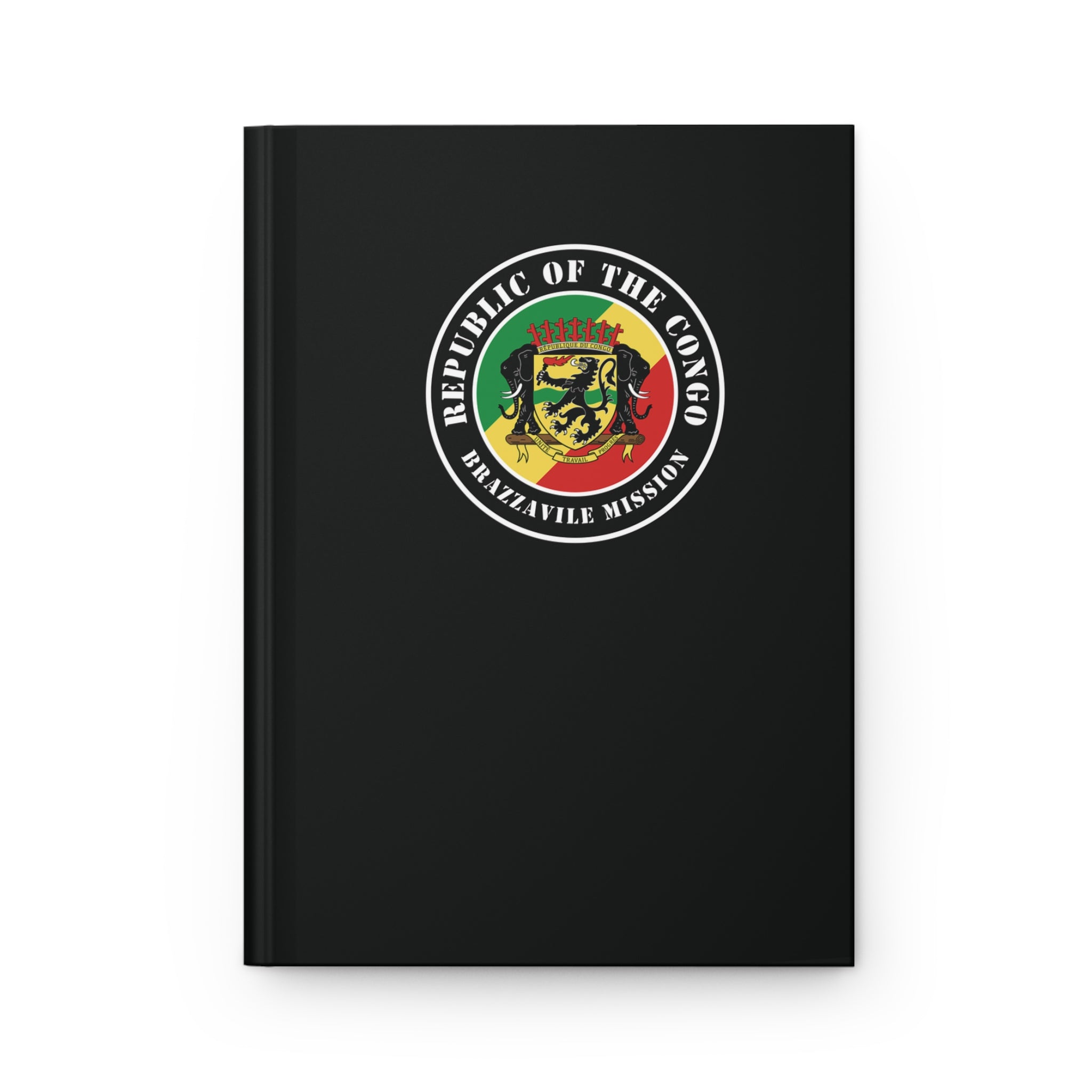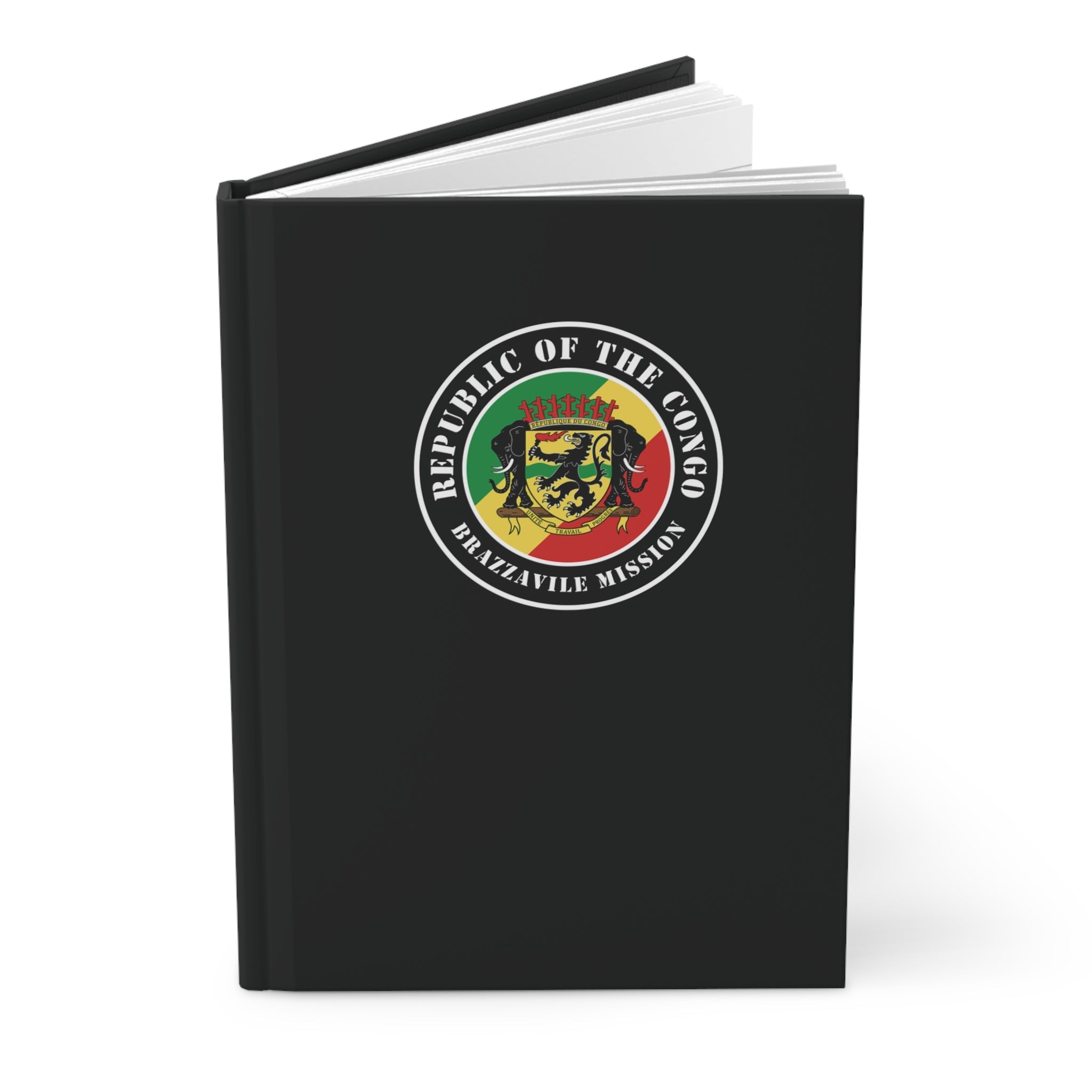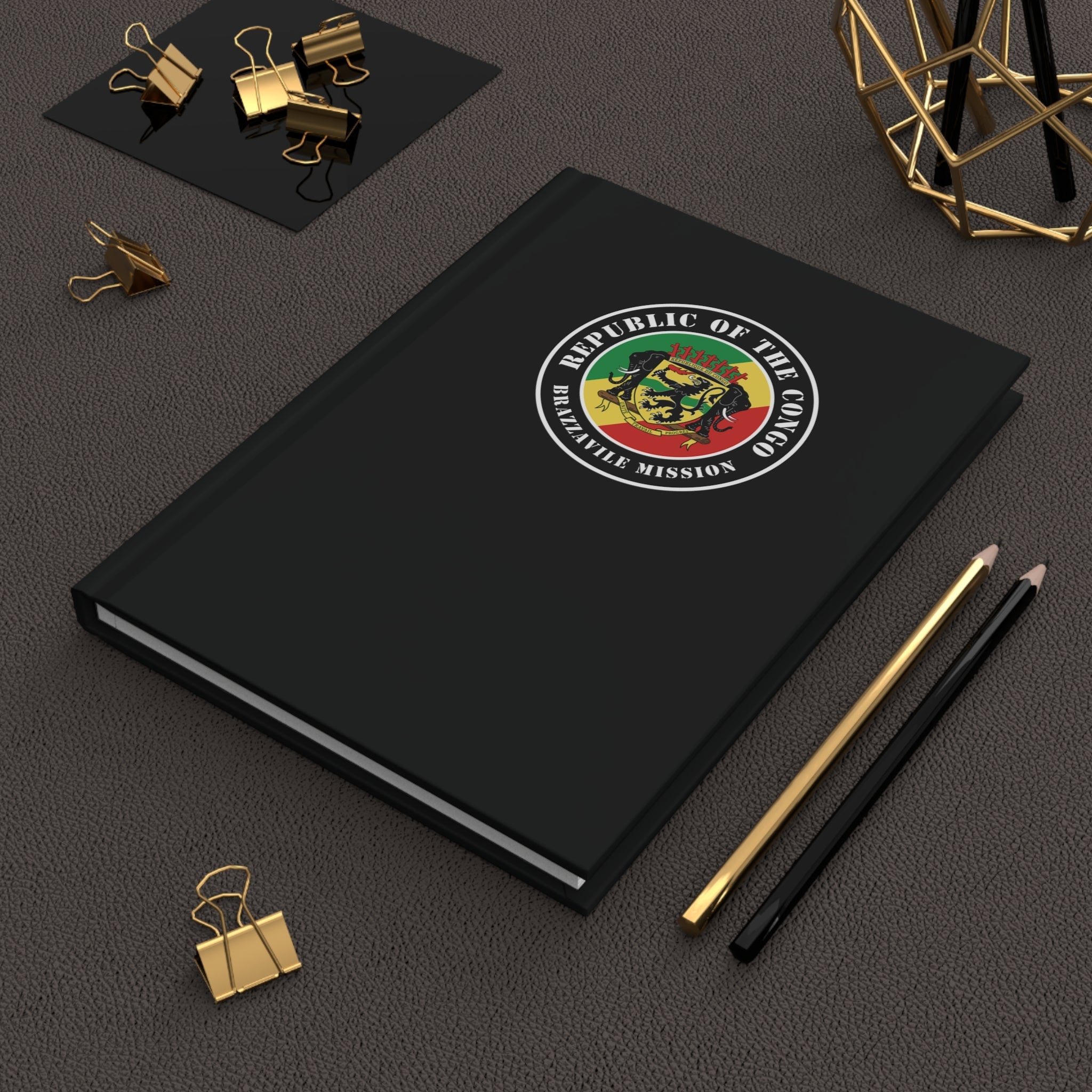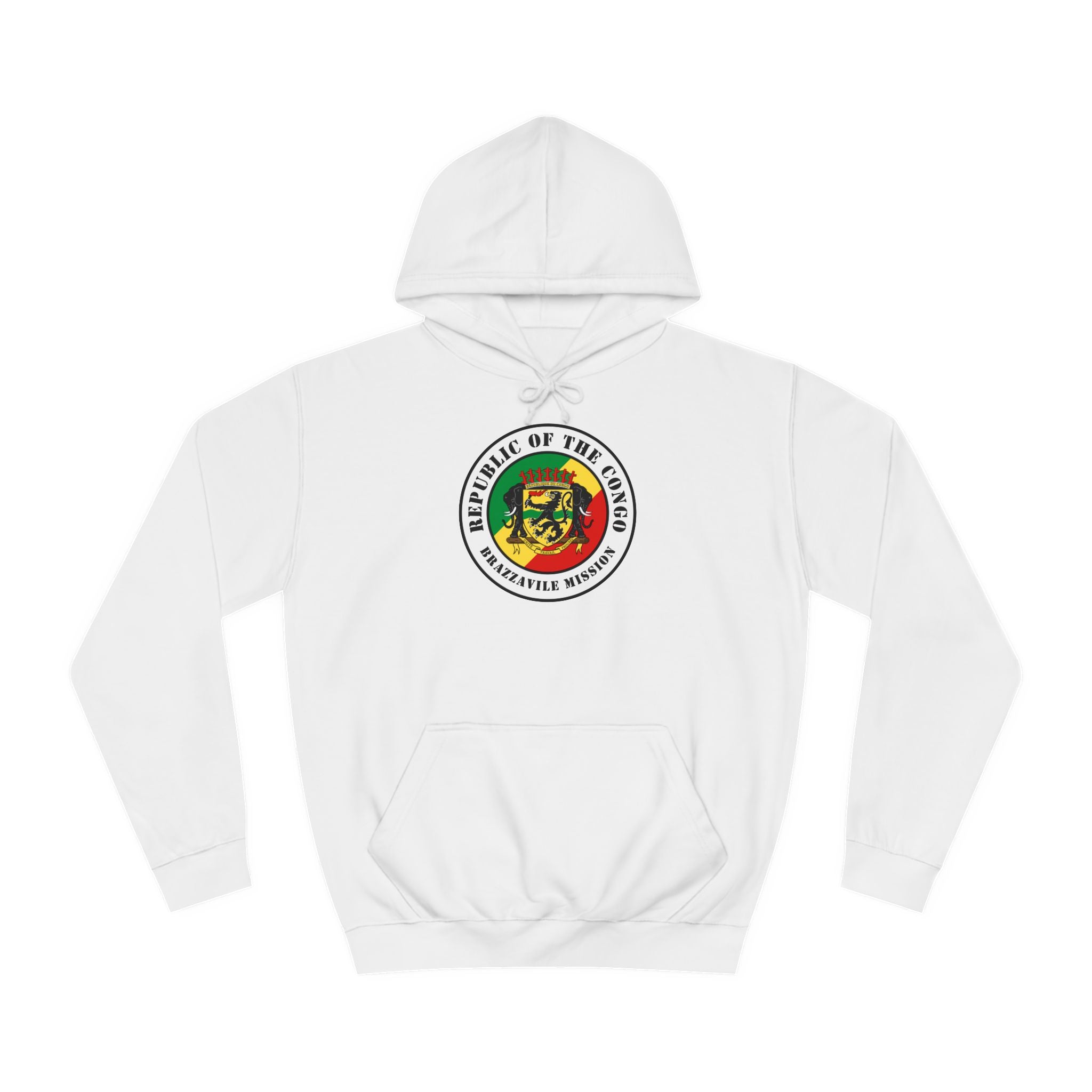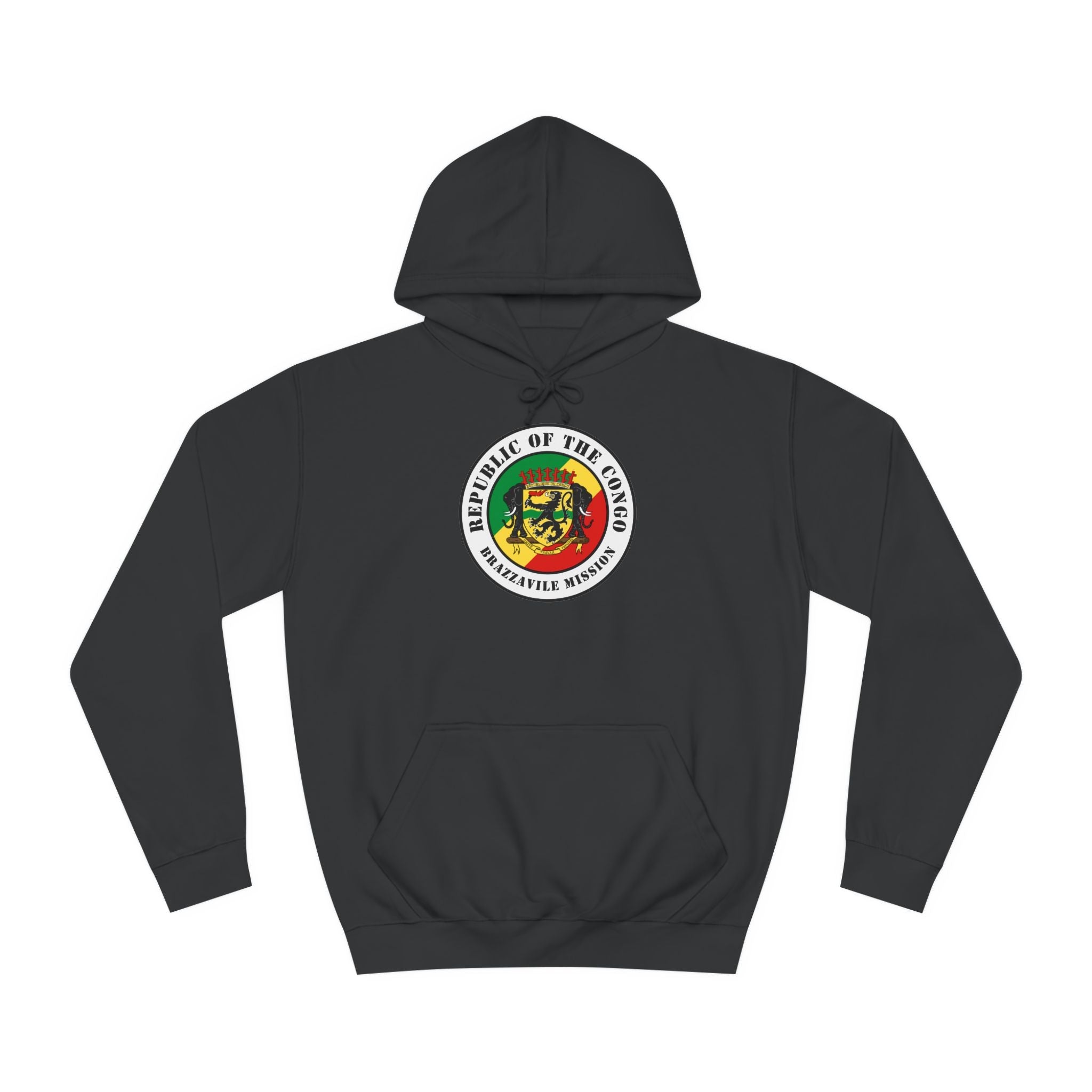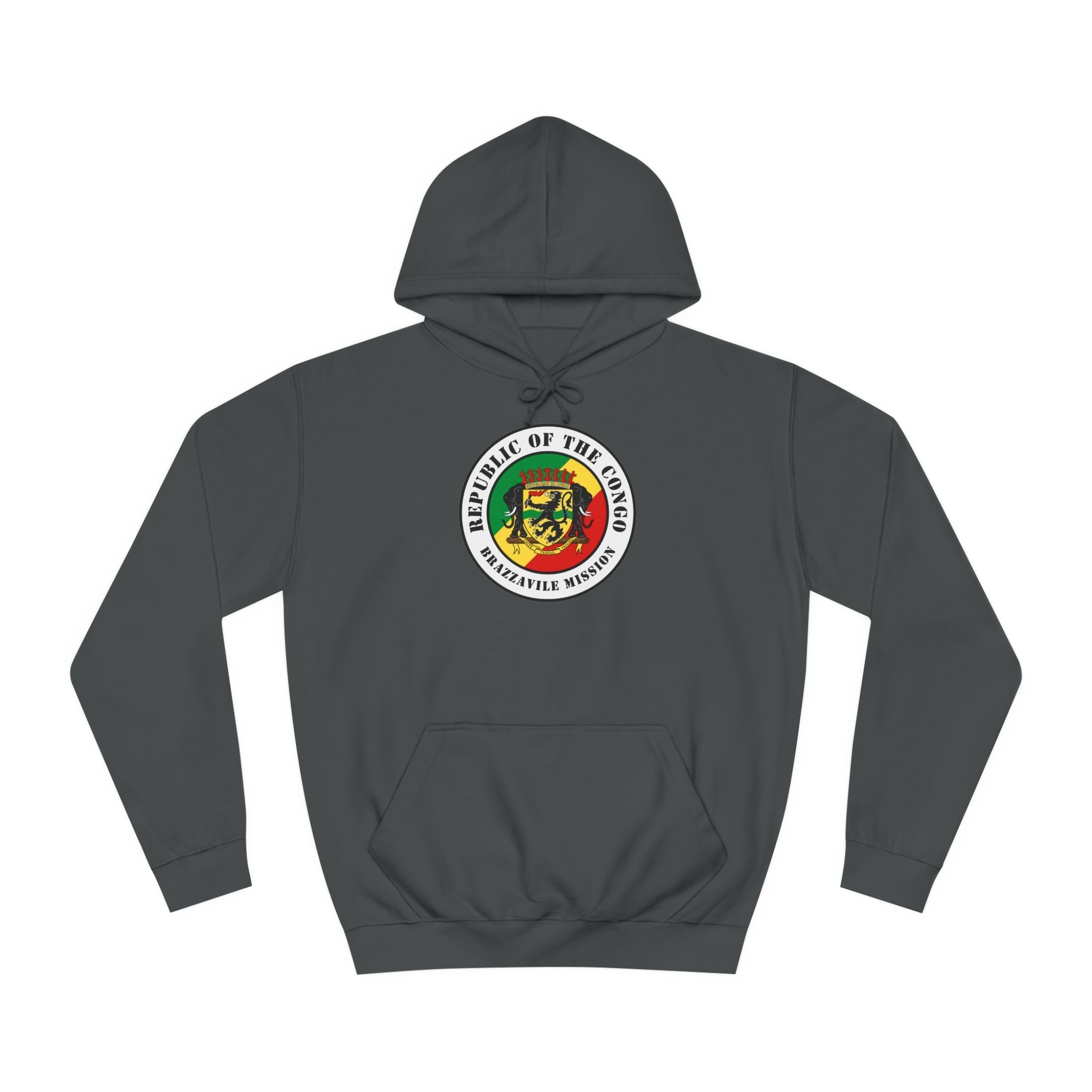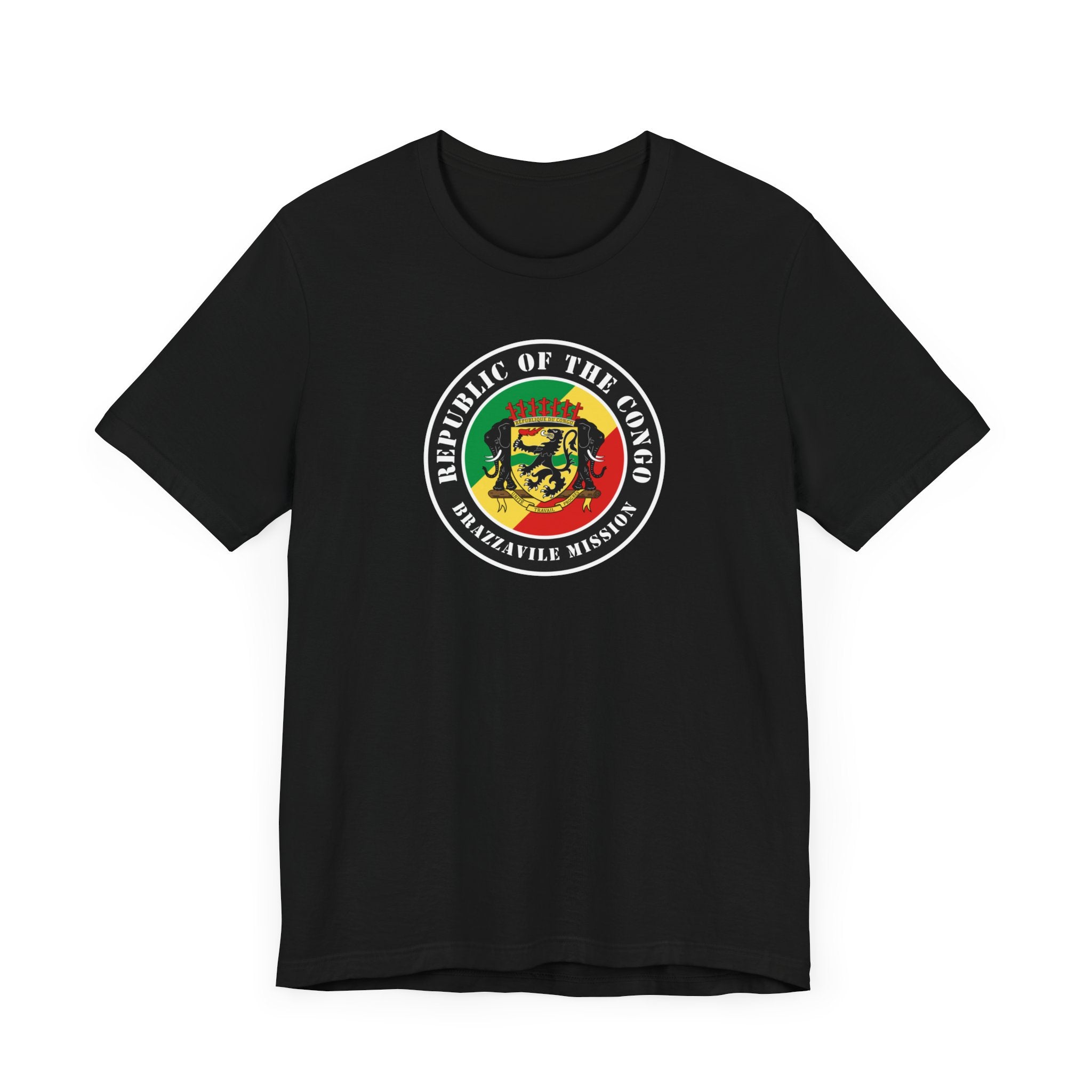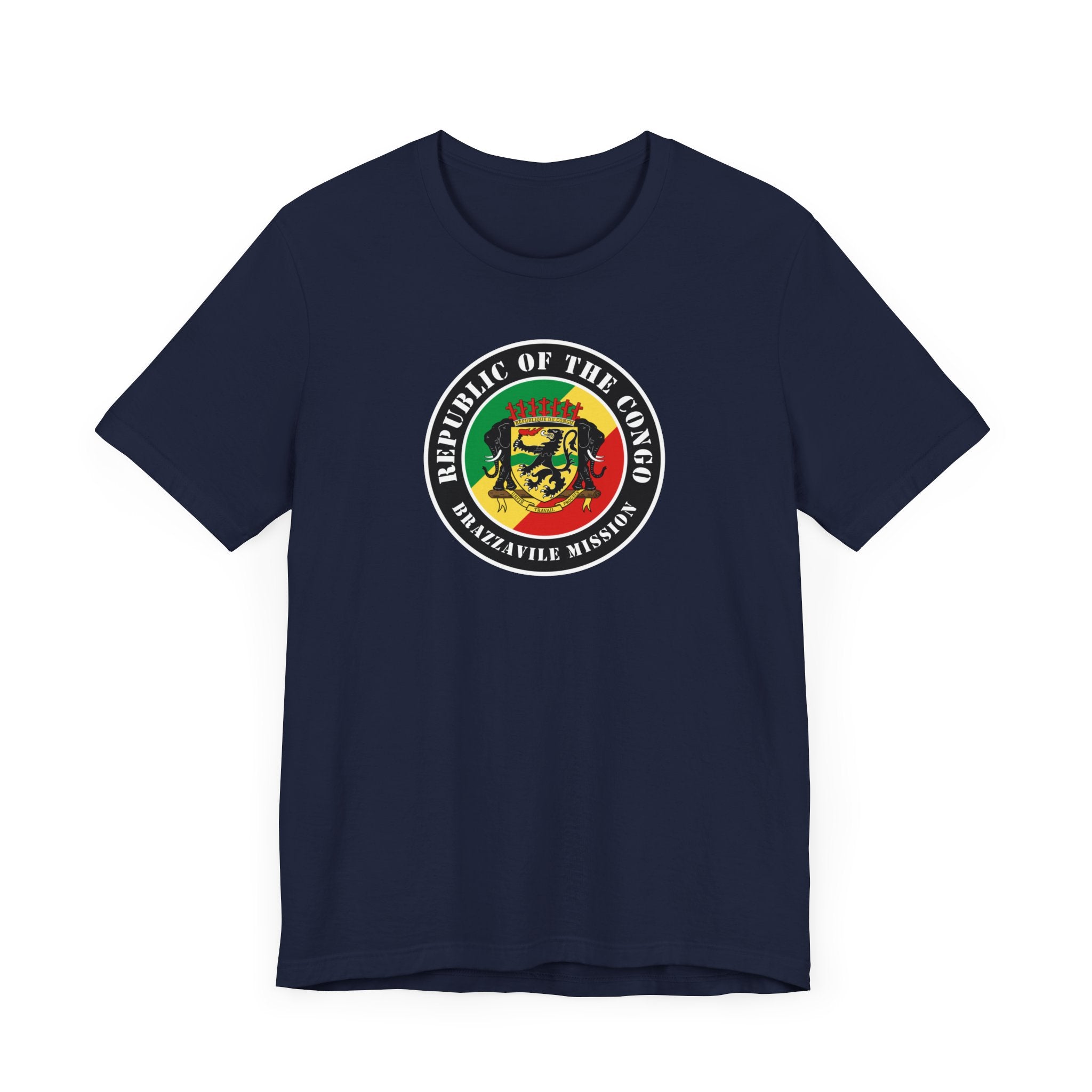In the 1980s Latter-day Saints who had been baptized abroad began returning to the Republic of the Congo. In 1991 those in Brazzaville gathered together and, under the direction of the mission president across the Congo River in Kinshasa, began organizing the Church in the Republic of the Congo. The first baptisms took place in June 1991, and the government recognized the Church in October. By the time Elders Russell M. Nelson and Richard G. Scott of the Quorum of the Twelve Apostles visited in 1992 to dedicate the country for the preaching of the gospel, the first district had already been organized.
Although civil unrest later in the 1990s often disrupted the work of full-time missionaries, Latter-day Saints in the Republic of the Congo heeded the scriptures’ call to do the Lord’s work and share the gospel with their neighbors (see Doctrine and Covenants 38:40–41). Even in times of violence, members helped and strengthened each other, often sharing what little they had. In 2003 the first stake in the country was organized in Brazzaville.
Saints in the Congo have worked to serve each other and their communities, offering self-reliance workshops for the economic advancement of members as well as offering training in other health and welfare causes. As members have gained experience, the Church has become more firmly established: by 2019 there were nearly 8,000 members living in two stakes.

